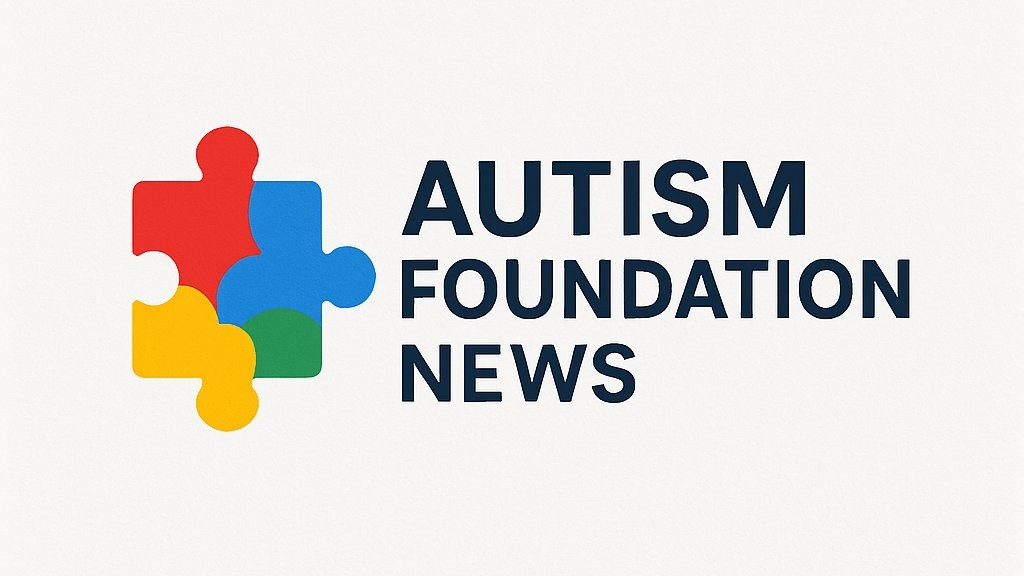
Understanding Trauma in Leadership
Trauma is not just a personal experience; it often stems from greater systemic issues, especially within workplace environments that are meant to serve communities. As Jenée Johnson highlighted during her talk at the Wisdom 2.0 Conference, the San Francisco Department of Public Health functioned in a way that could cause trauma for both the public it served and its own workforce. This realization set the groundwork for transforming the organization from a trauma-inducing environment to one focused on healing, compassion, and empathy.
Shifting Perspectives: From Problems to Stories
The pivotal question Johnson advocates for is not, “What is wrong with you?” but rather, “What has happened?” This shift in questioning embraces compassion and focuses on the stories behind behaviors seen in individuals, especially in systems that often dehumanize. For individuals with autism, who may face additional layers of misunderstanding in healthcare and social services, this approach is particularly relevant as it allows for a more nuanced understanding of their experiences.
Mindfulness as a Pathway to Healing
Johnson’s advocacy for a mindful organization emphasizes the need for mindfulness training within trauma-informed care settings. She notes that when individuals can cultivate mindfulness, they also foster resilience—crucial for navigating the complexities of trauma on both personal and systemic levels. For families and caregivers of individuals with autism, fostering mindfulness can be a game changer in how they manage challenges, communicate effectively, and support the mental health of their loved ones.
The Interconnection of Mindfulness, Racial Equity, and Organizational Health
In her journey, Johnson discovered that mindfulness is deeply interconnected with concepts of racial equity. Systems that create inequities can also generate environments that are demoralizing and damaging to mental health. For organizations that serve diverse communities, understanding this intersection is vital. Training and supporting leaders to be mindful not only of their own roles but also the broader impacts of their work can create a healthier atmosphere for everyone involved, particularly for disenfranchised groups.
Creating Mindful Leaders: The Role of Education
Mindfulness training equips leaders with the skills to be aware of their own biases, emotional responses, and the influence of their leadership styles on team dynamics. As fostering mindfulness becomes an integral part of educational curricula for future healthcare professionals and leaders, it lays the groundwork for a kinder, more supportive environment that prioritizes well-being over bureaucracy.
For caregivers and professionals working with individuals on the autism spectrum, understanding how trauma impacts interactions and treatment can lead to more compassionate care strategies. Embracing mindfulness not only serves as a tool for personal well-being; it enhances how we respond and relate to those we support.
Act Now for Change
Healing trauma through mindfulness and effective leadership is not merely about addressing the symptoms but understanding the root causes. By advocating for and participating in mindfulness education, you not only enrich your own practices but also contribute to a more compassionate and understanding healthcare system. Together, we can promote a culture of healing that embraces every individual, ensuring that those affected by trauma—especially those with autism—are met with empathy and understanding, not just from healthcare systems but from society as a whole.
 Add Row
Add Row  Add
Add 




Write A Comment